Art, architecture and plastic bricks at Lego House: 'It's as if the National Gallery set up easels and paints next to the masterpieces and invited you try your hand at creating a Van Gogh'
The rural Danish town where Lego was created is dominated by the iconic toy — and at Lego House, it has a fittingly joyful site of pilgrimage. Toby Keel paid a visit.
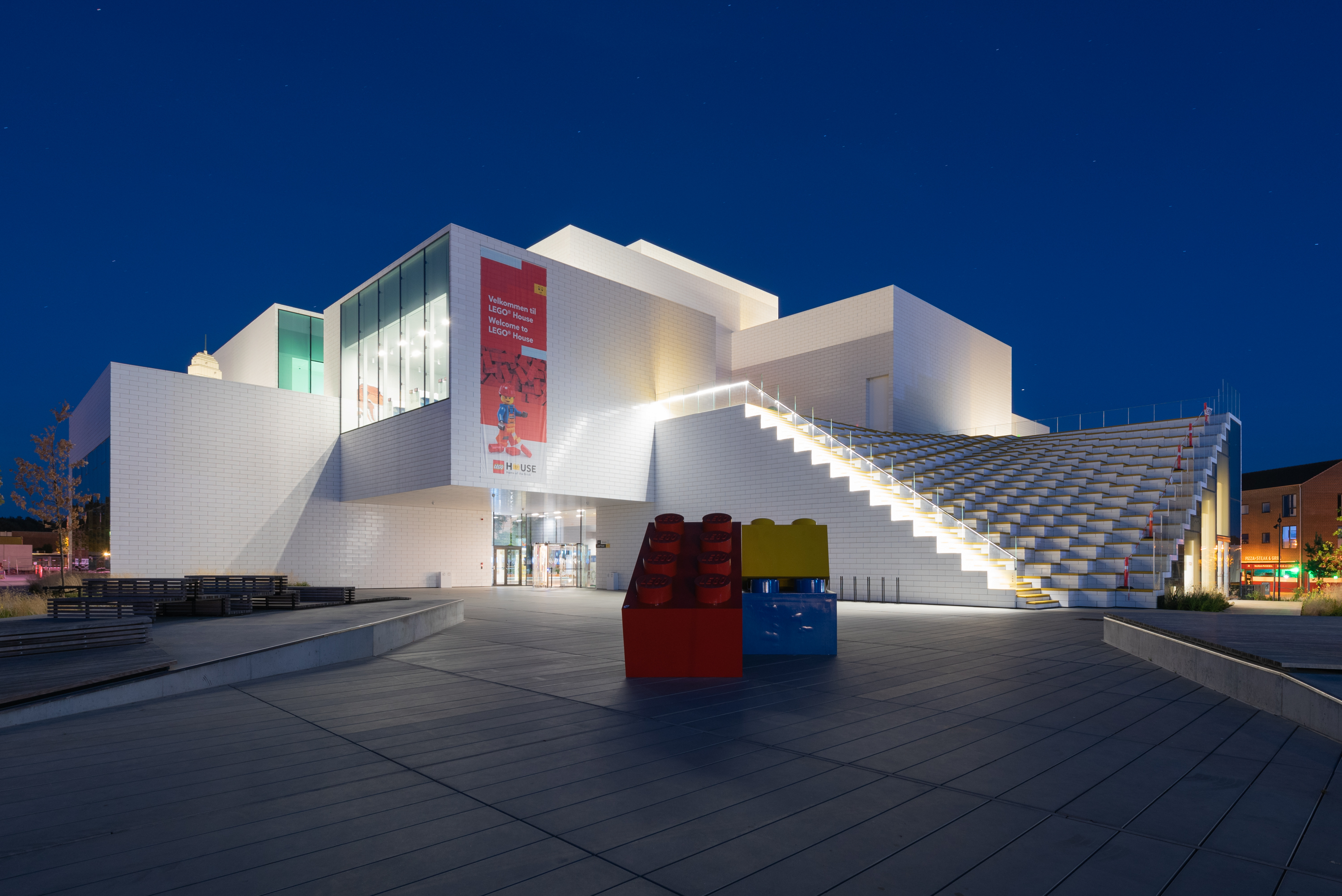
‘Ah, you here to go to Lego House? My daughter works at Lego. She designs sets!’
For a moment, it seemed an uncanny coincidence, when coming to Denmark on a Lego-themed trip. What are the chances of the taxi driver who happens to pick up your fare – a thickly-accented but charmingly chatty Moroccan immigrant – having a family member who works at Lego? But it was no coincidence at all. Billund, a few hours east of Copenhagen, is Lego Town.
It’s a place that eats, sleeps and breathes the stuff: a giant Lego castle here, a 30ft-high Lego mini-figure there, even Lego-themed exercise apparatus in the Lego-themed gardens that sit in front of an anonymous office block where, naturally enough, they work on Lego. In retrospect it would have been harder not to bump in to someone directly connected to the ubiquitous plastic brick. This a company town through and through.
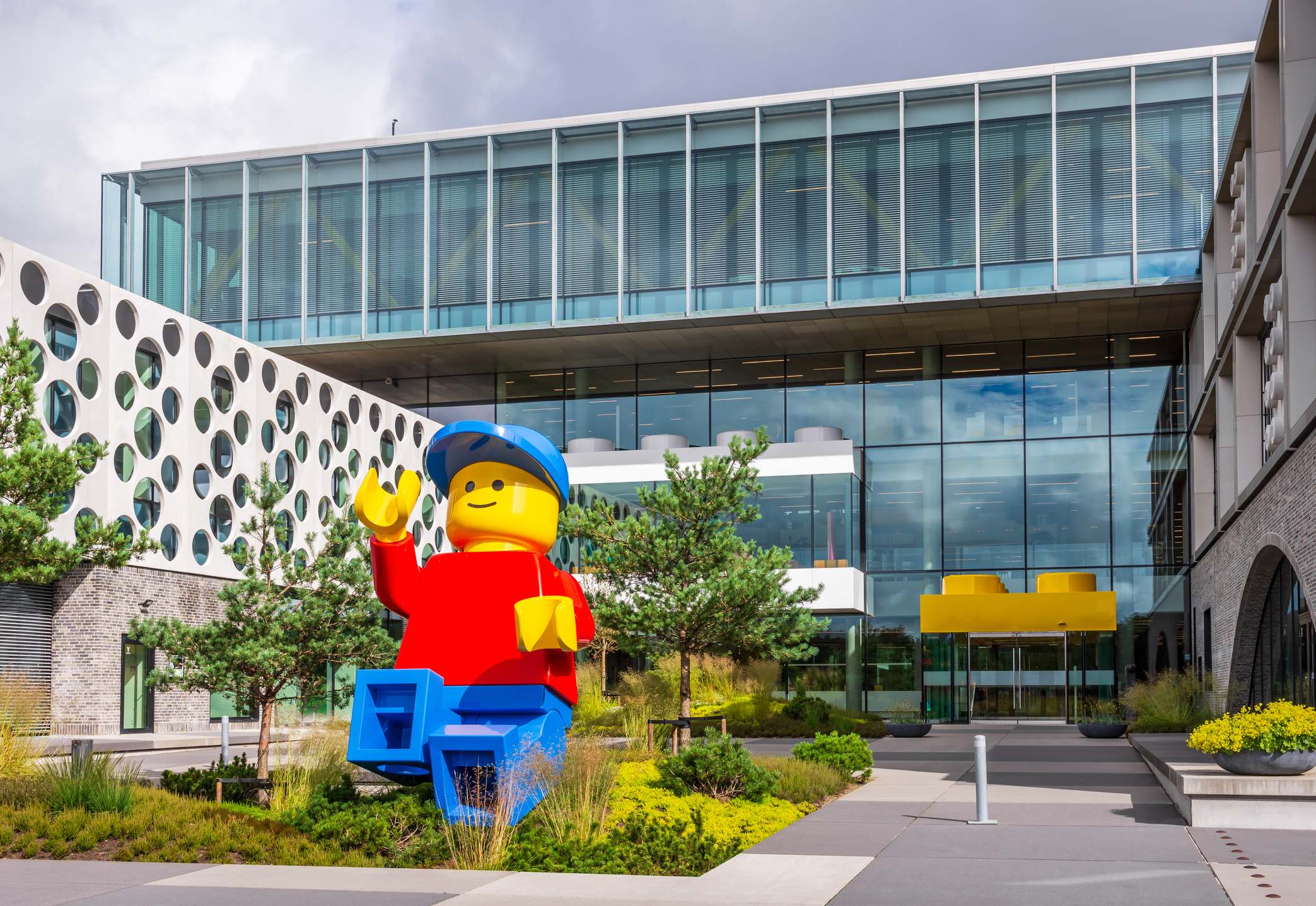
Lego's HQ looks exactly as you'd hope it would.
Perhaps even more than a town, when you start to analyse it. At the start of the 20th century, Billund was a tiny collection of farms in a forgotten part of Jutland, but the success of its most famous business has transformed this rural village, brick by plastic brick, Today, the town that Lego built is more like a Lego-themed country in miniature, with all the apparatus of an appropriately miniaturised nation state. There’s the government and civil service, in the form of Lego’s global headquarters (the building with the aforementioned giant Lego figure standing in front of it, like one of those giant statues of Buddha you see in pictures of the Far East). There are residential areas, with a string of themed Lego-themed hotels. There’s the recreation space, in the shape of Denmark’s Legoland (the original Legoland, before its equivalents in England, Japan and Dubai and the rest of them). And then there’s the building that is the cathedral, the palace and the university rolled in to one: Lego House.
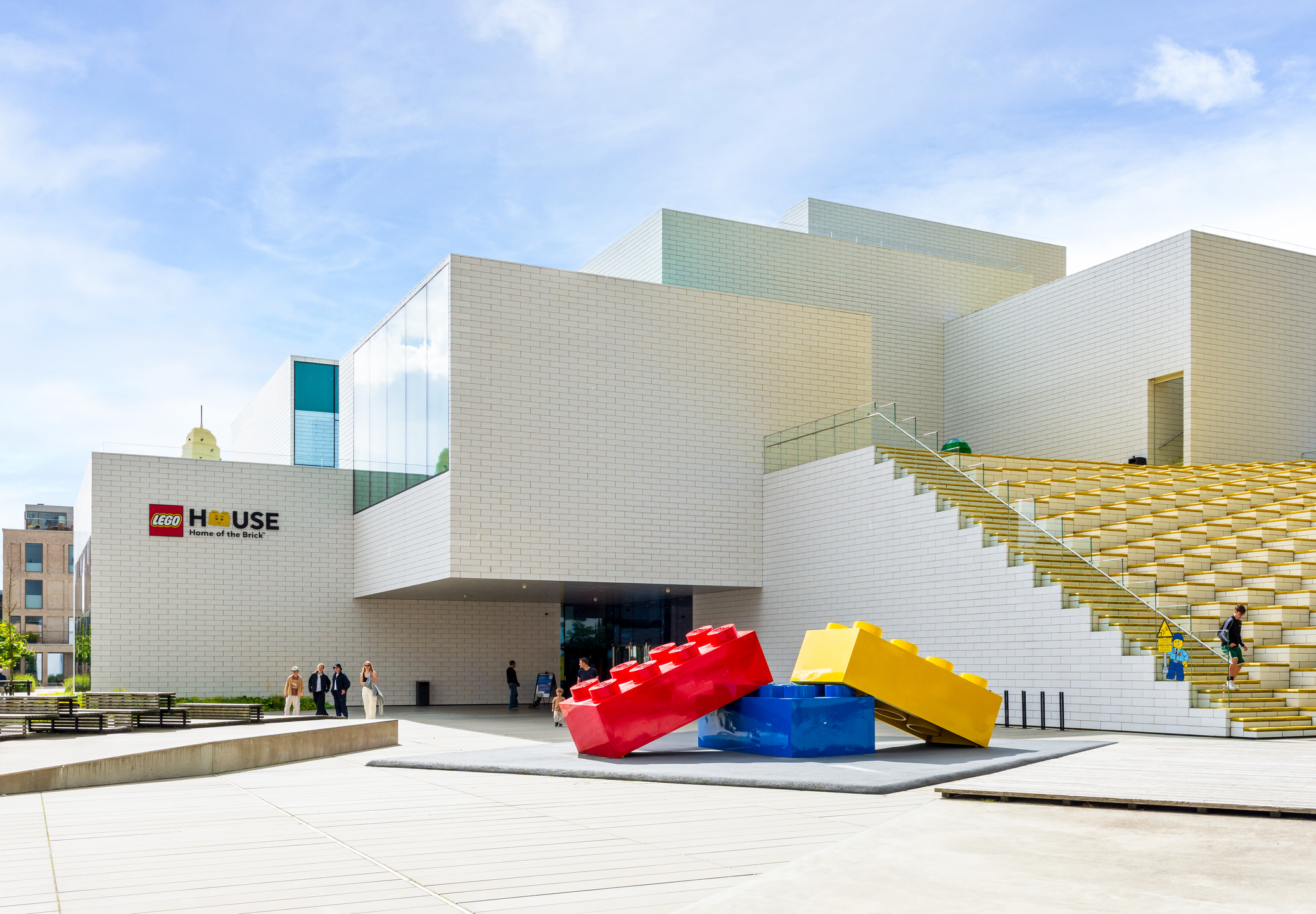
The award-winning architecture of Lego House is clean, simple and deceptively clever.
You see Lego House long before you get there. It looms large amid the low-rise buildings of Billund, like a blocky, white pyramid built of oversized Duplo bricks peeping out above the low-rise buildings that form most of the town. Opened in the autumn of 2017, it is both deceptively simple and astonishingly clever in terms of its architecture: this cavernous, 130,000sq ft building (roughly the size of a modest department store) has no pillars at all on the ground level. Instead, the award-winning architectural design specified that the various upper levels are suspended from what is effectively a steel bridge. The effect is to create something that has wide open feel of a major cathedral or an aircraft hangar, yet with huge glass windows and bright white walls it feels light and futuristic.
Your eyes won’t linger long on such things, however. Instead, you’ll notice three other things.
First is the people: this building was conceived by architects Bjarke Ingels Group as not just an experience, but a public forum and a thoroughfare in the centre of the town, on the site of what was once the main city hall building.
Sign up for the Country Life Newsletter
Exquisite houses, the beauty of Nature, and how to get the most from your life, straight to your inbox.
Second, you’ll notice the life-sized Lego people: plastic passers-by, facsimile families, and a father playing with his son on one of the benches. There's even, brilliantly, a Lego dog spraying Lego urine onto a Lego lamp post.
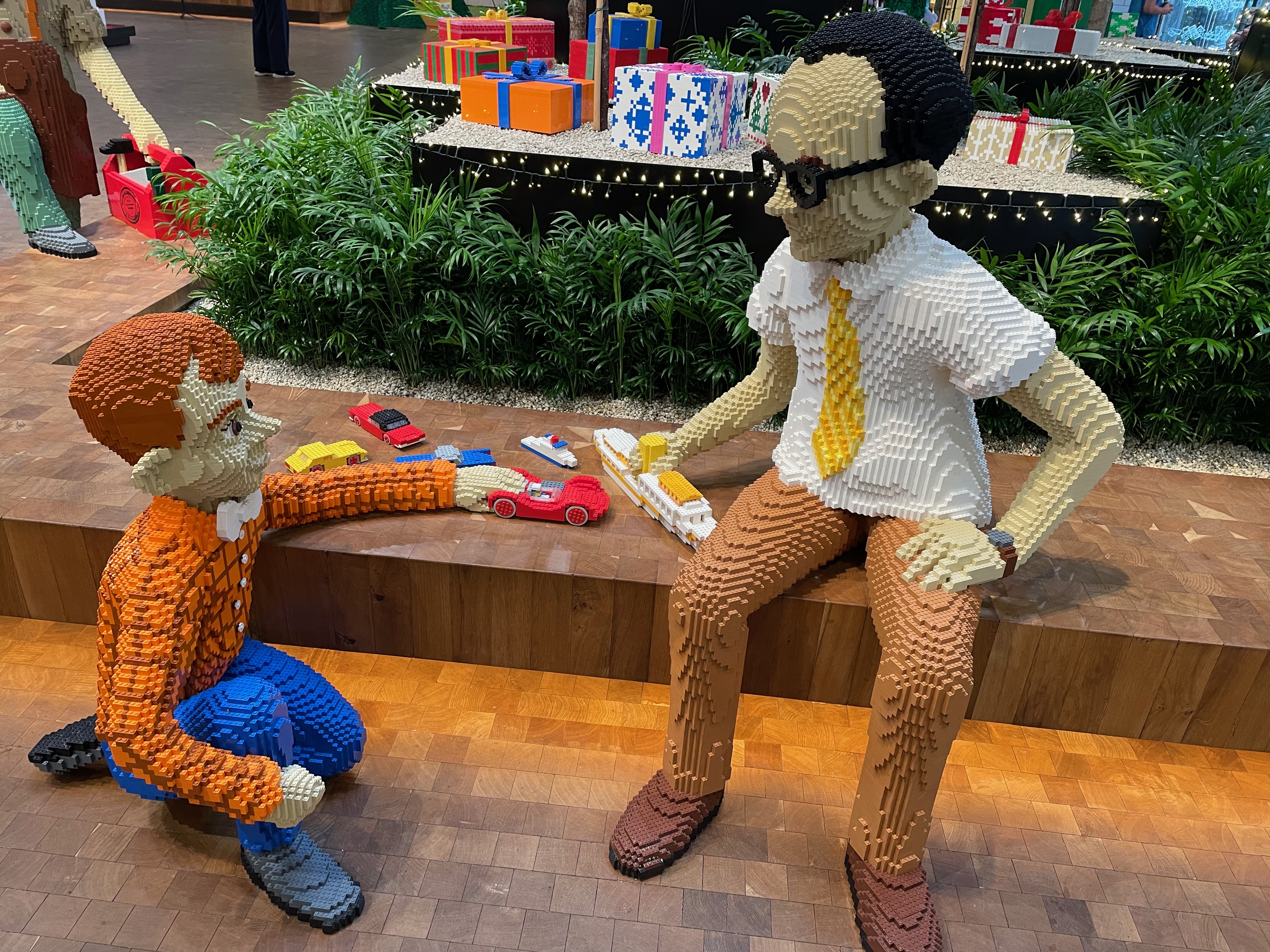
Nostalgia piled on nostalgia.
And finally, as you head towards the exhibits that lie within, you’ll notice a tree: the Lego Tree of Creativity. 50ft high, and made of over six million Lego bricks, it’s a breathtaking feat of plastic engineering — and strong enough that you could climb it.
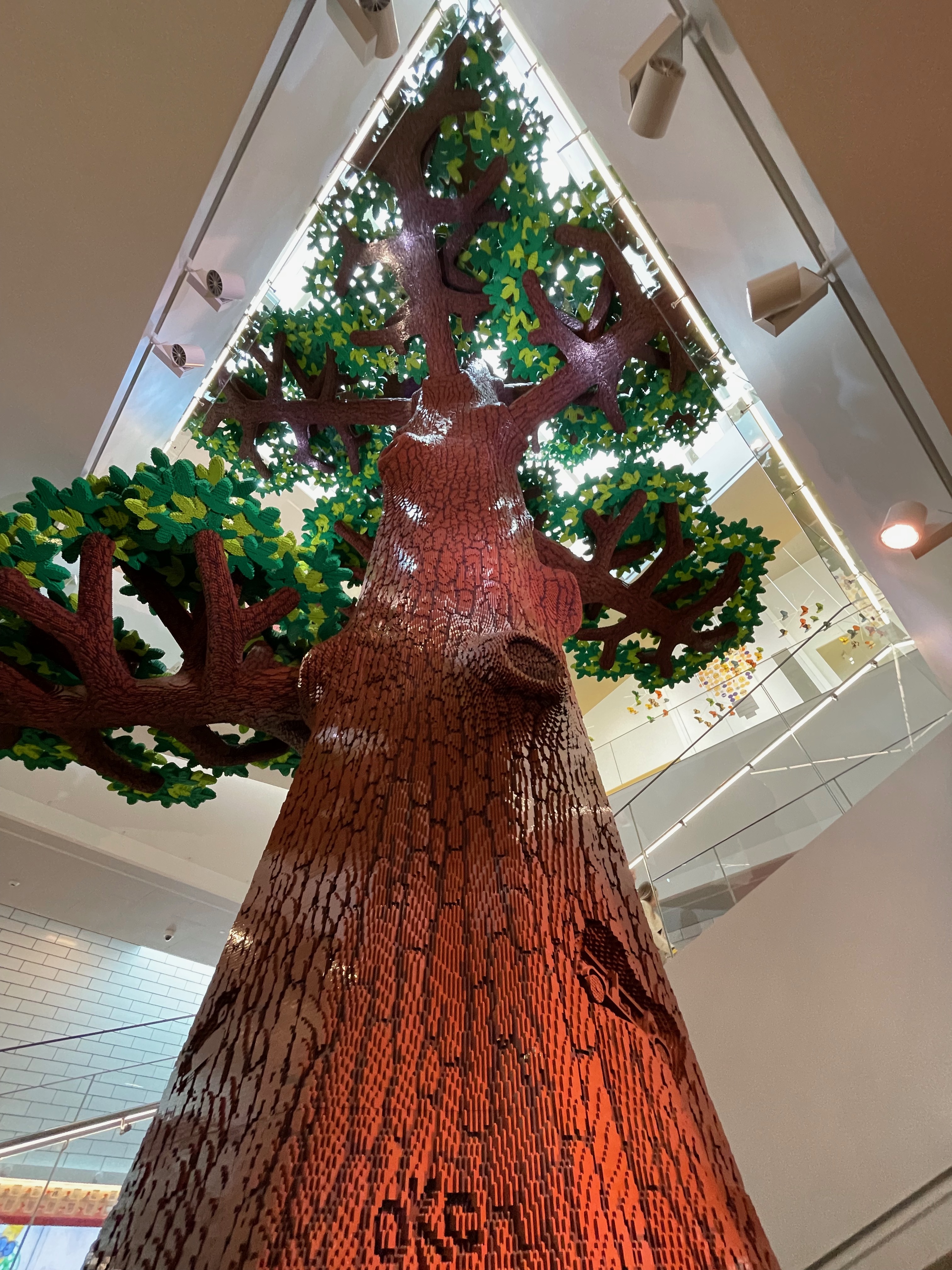
Every few months, two of Lego House's employees are tasked with abseiling down the 50ft Tree of Creativity to give it a decent dusting.
Pass through the turnstiles and you’ll begin to work your way up from its base, via a staircase that weaves its way around the tree to the top of the building. It's something of a time machine: at the bottom you'll spot the initials OKC — for Lego’s founder, Ole Kirk Cristiansen — ‘carved’ into the plastic bark. As you climb you’ll see Lego toys from across the history of the company perching on each of the branches, starting from carved wooden ducks (Kristiansen's original design from 1932) through to the 1980s sets I remember as a kid, and right up to the most modern sets that my own children now play with. It whets your appetite for what comes next.
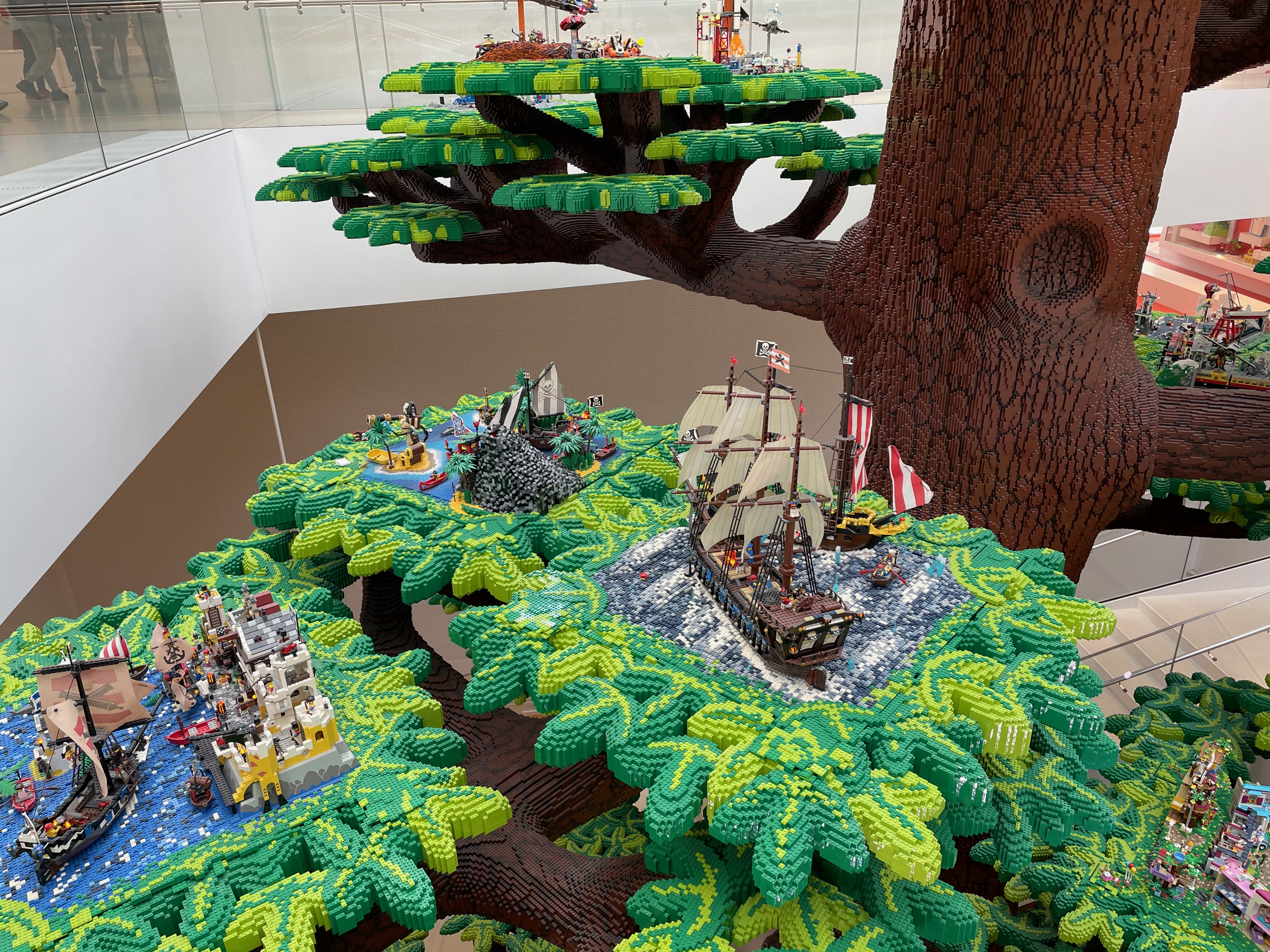
Ships ahoy.
And what does come next? A string of galleries and displays that are complemented everywhere you look with hands-on experiences. There are four colour-coordinated zones with vague themes (creative play in the red zone, experimentation in blue, video and image creation using Lego in the yellow zone, and quirky imagination in the yellow zone), but it never feels as if you're following a set route, or being told what to do and where to go. Just like the instructions in a real-life Lego set, the curation of Lego House is only ever a starting point.
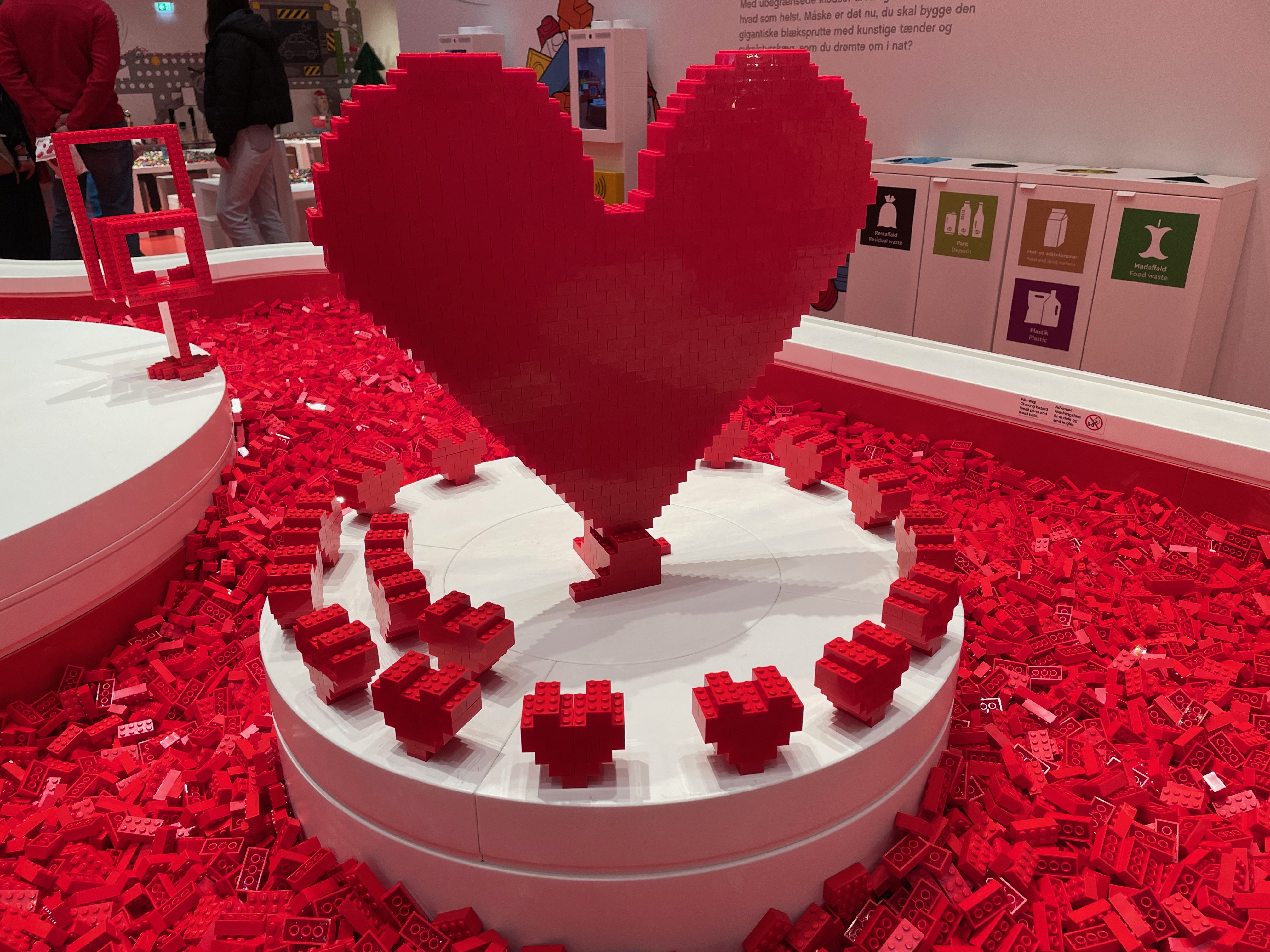
All you need is love. And Lego.
There are some more formal displays — a ‘masterpiece’ gallery of incredible builds from 'AFOLs’ (adult fans of Lego, apparently), and a Lego museum — but they’re tucked away on the top floor and in the basement. Don’t miss either (particularly the basement museum, if you still remember the sets you grew up with) but they feel very much like the side dishes.
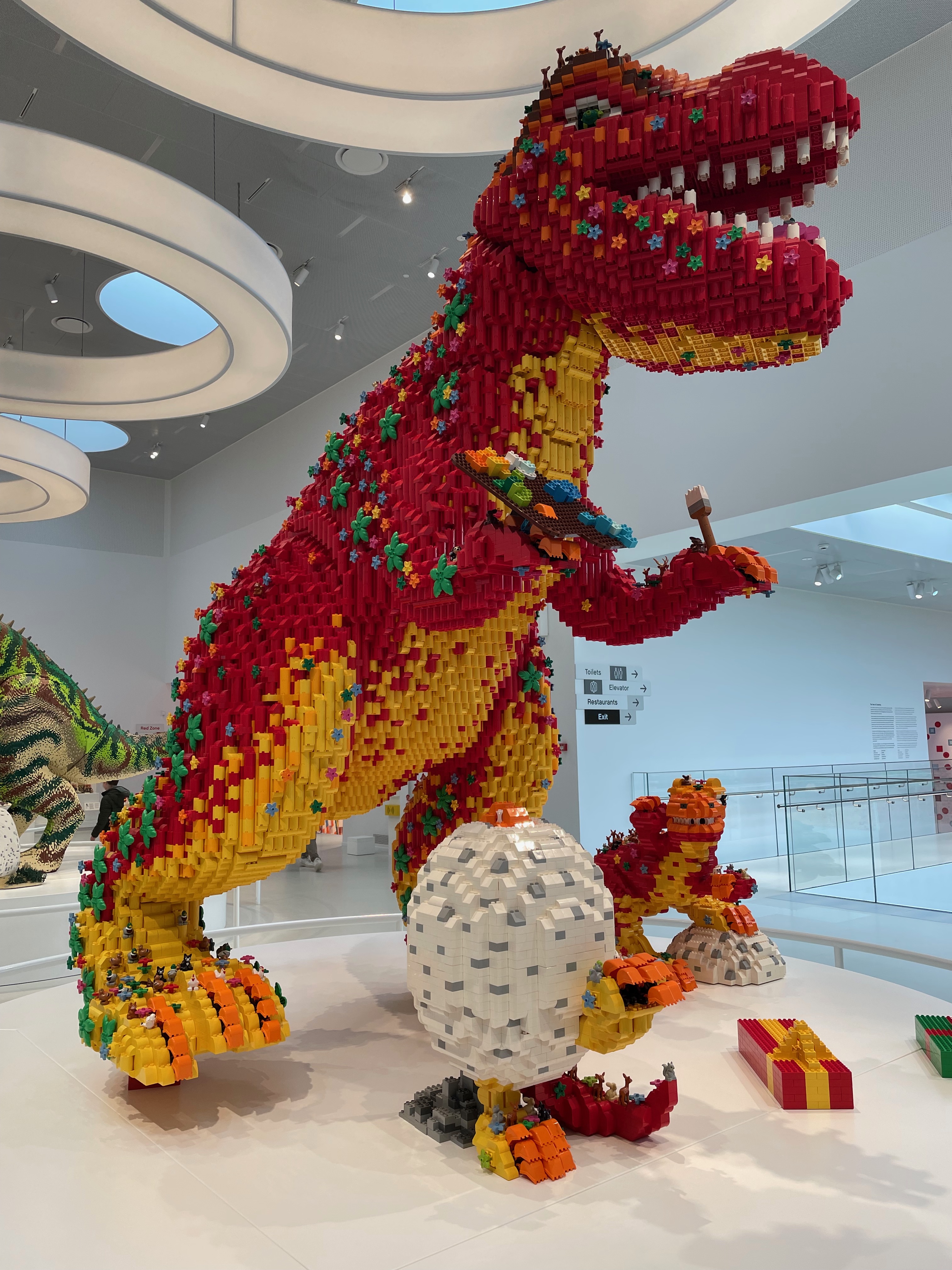
When plastic dinosaurs ruled the Earth.
What Lego House offers instead of structure is pure joy and creativity. The Legoland theme parks we've visited have been lovely in their way, but they lean on themed rides and actors dressed up in giant character suits. Lego House is the opposite: it’s a place where you do, not just see.
You’ll see breathtaking Lego sculptures created by talented artists everywhere you look: a dinosaur towers above you over here, a dozen square metres of stupendously detailed Alpine scene there, and so on. But they all sit amid giant hoppers full of bricks everywhere you look, inspiring you to have a go for yourself. It’s like turning up at the National Gallery and finding that they’ve set up easels and tubes of oil paint in the hallowed halls, encouraging you to have a bash at creating your own Van Gogh or Frans Hals.
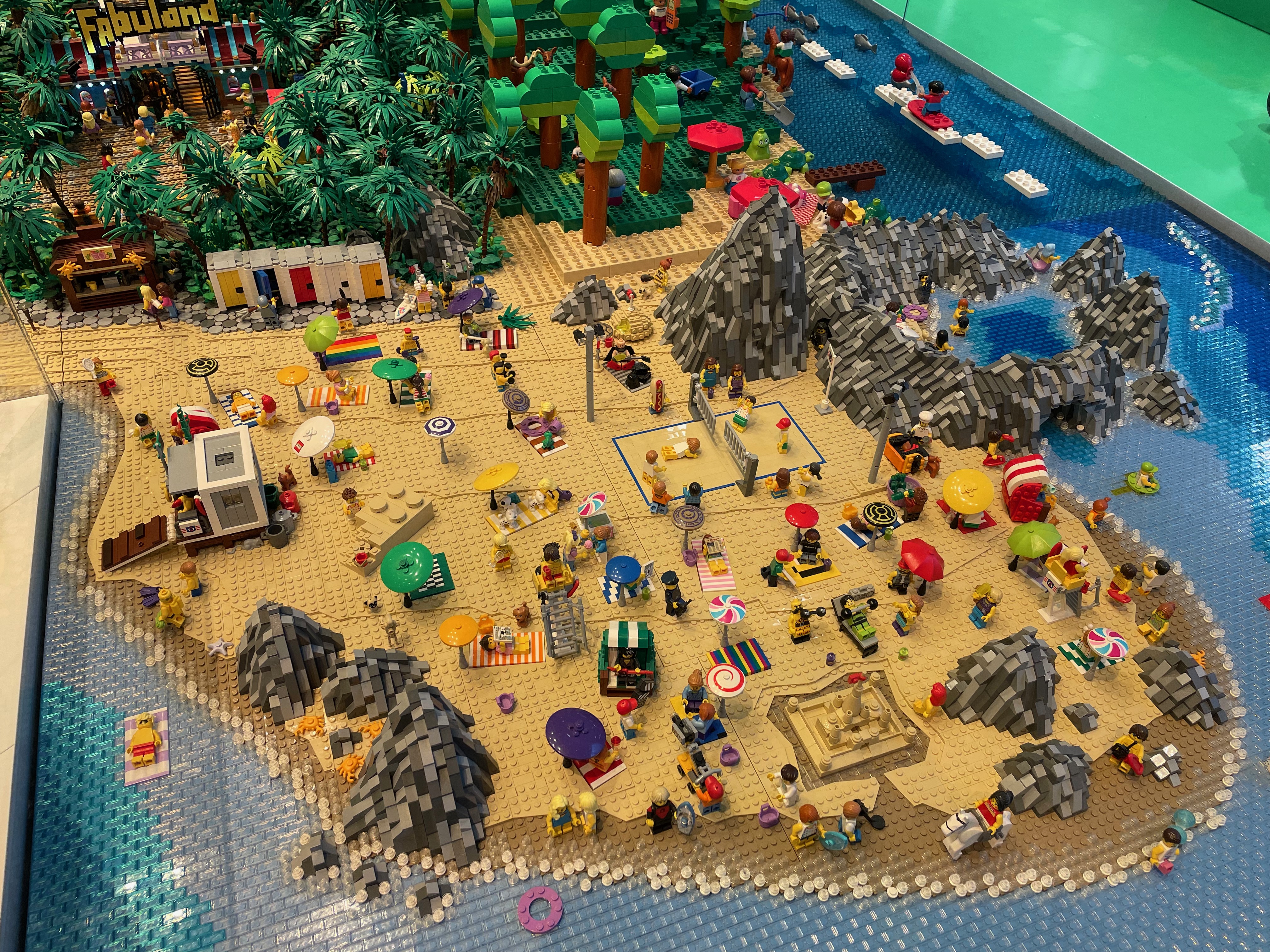
The detail in some of the fixed displays is wonderfully inventive and witty.
The joy of the place is in discovering its secrets, but an example to give you a flavour is the section concentrating on the classic 4x2 Lego brick, the simplest and most common of the thousands of designs the company produces. Mathematicians have worked out that if you take just six of these bricks, you can be put them together in any one of over 915 million different combinations — truly mind-boggling, but you're not just given that factoid to ponder on. Instead, you wander round the corner and come face-to-face with a machine pulled from the floor of one of Lego’s factories, and all set to make a constant stream of 4x2 bricks which are moulded, cooled, finished and bagged up before your eyes, before you get to keep them for yourself. And then, a nearby computer scans your entry wristband, allocating you (and naming after you) one of the 915 million possible combinations, then challenging you to build it. At some point in the future they’ll run out of un-claimed combinations; until then, it’s a bit like a Lego version of having a star named after you.

The author's 1 in 915,000,000 combination.
Lego House, in short, is a place of joy, I don’t care how cynical you are about the commercialisation of children’s toys, the moment you walk in and see that tree of six million bricks, you'll feel like a kid again. Even the catering is delightful: the food itself is not memorable, but I can guarantee you won’t forget visiting a restaurant where food must be ordered by clicking together Lego shapes, and is subsequently dished up by Lego robots.
Over the course of the few days we spent in Billund, we did discover that there is more to the town than Lego. There’s a sculpture park, a teddy bear museum, nature areas and a water park, and it’s all entirely family friendly (the town now bills itself as 'The Capital of Children’). But the heart that beats within Billund is made of Lego — and Lego House is the place where you’ll truly feel what that means.
Lego House is open all year. Entry to the displays costs between £20-£35 depending on age, season and size of group. See legohouse.com for more details.
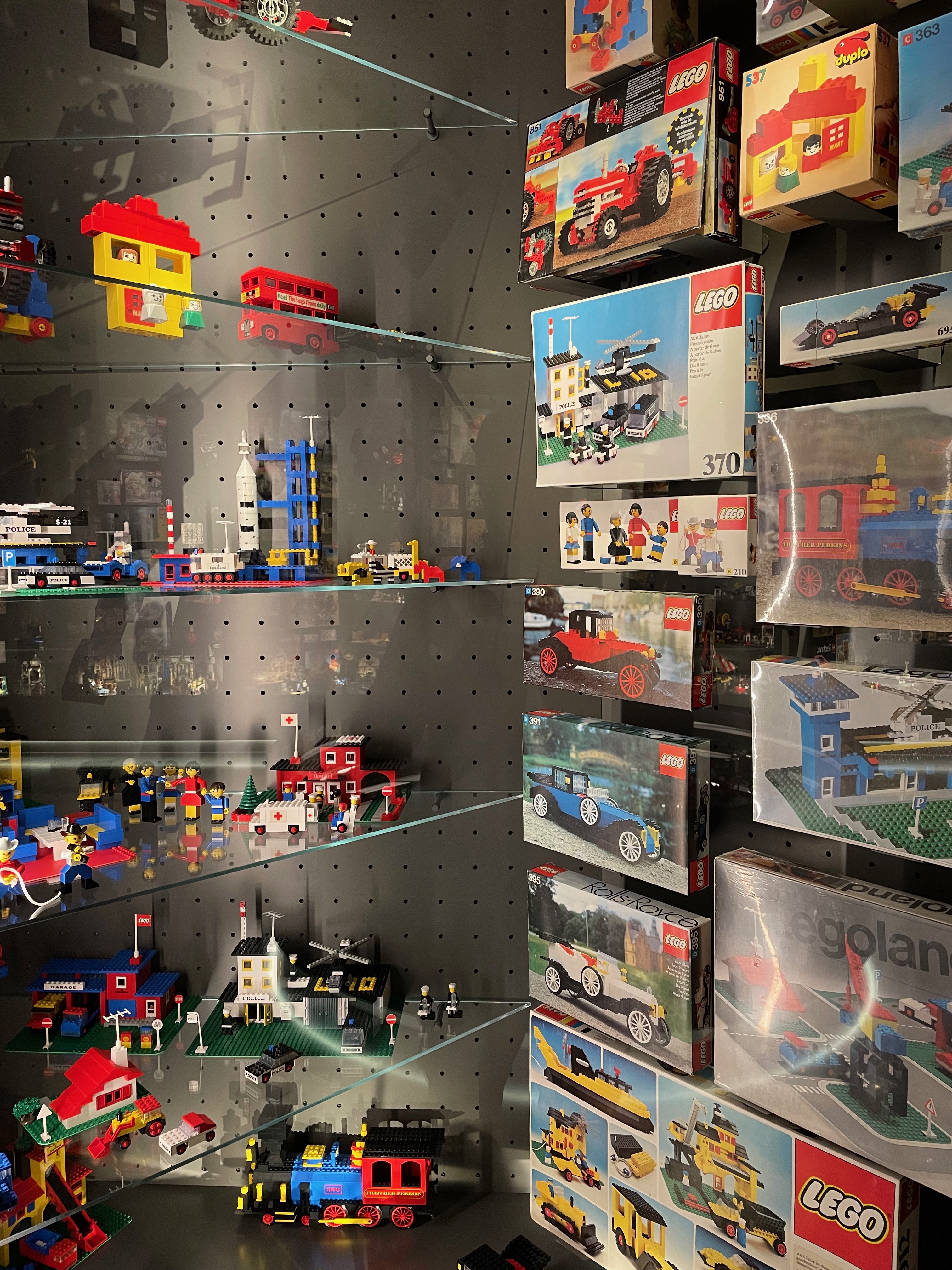
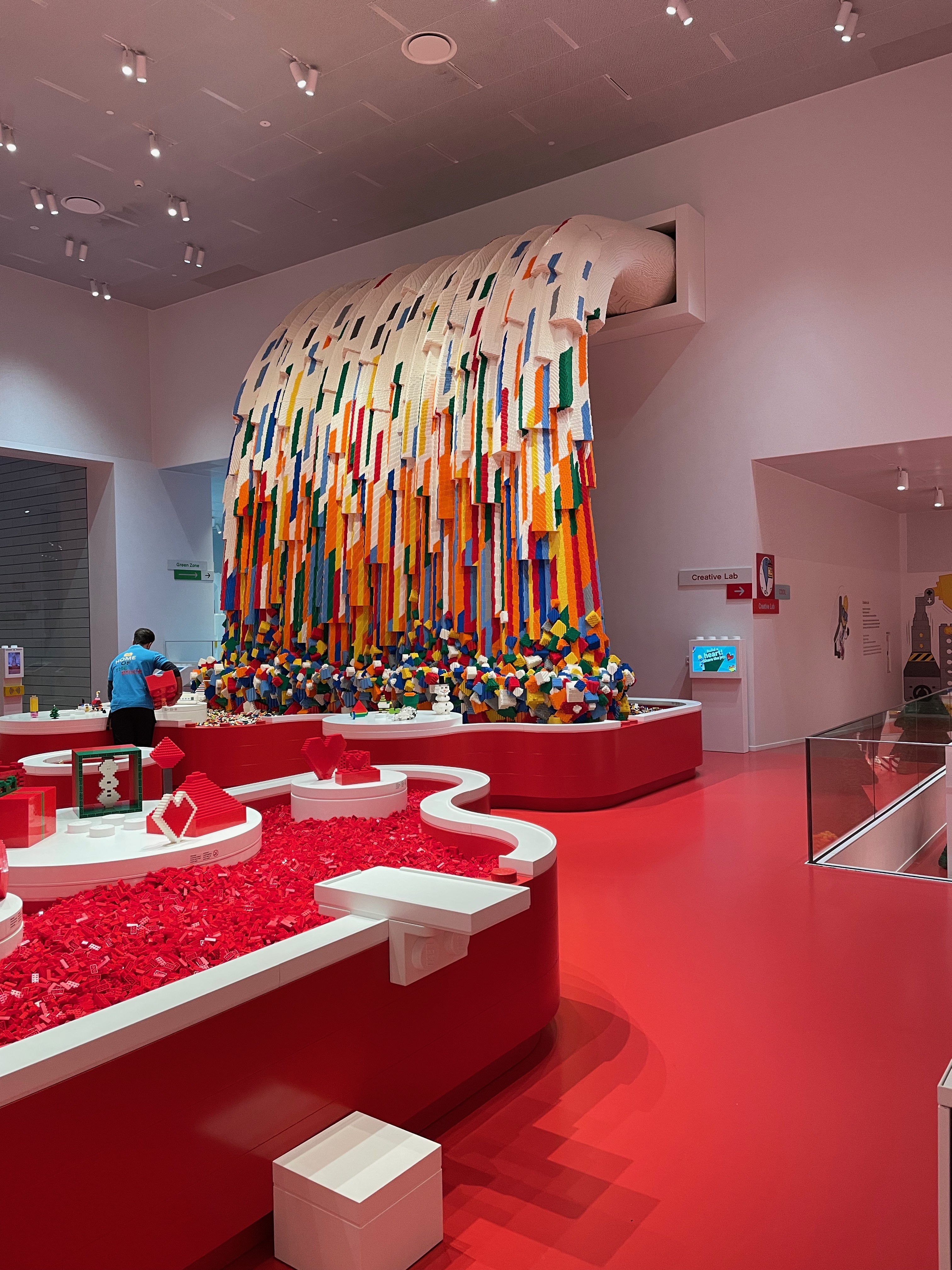
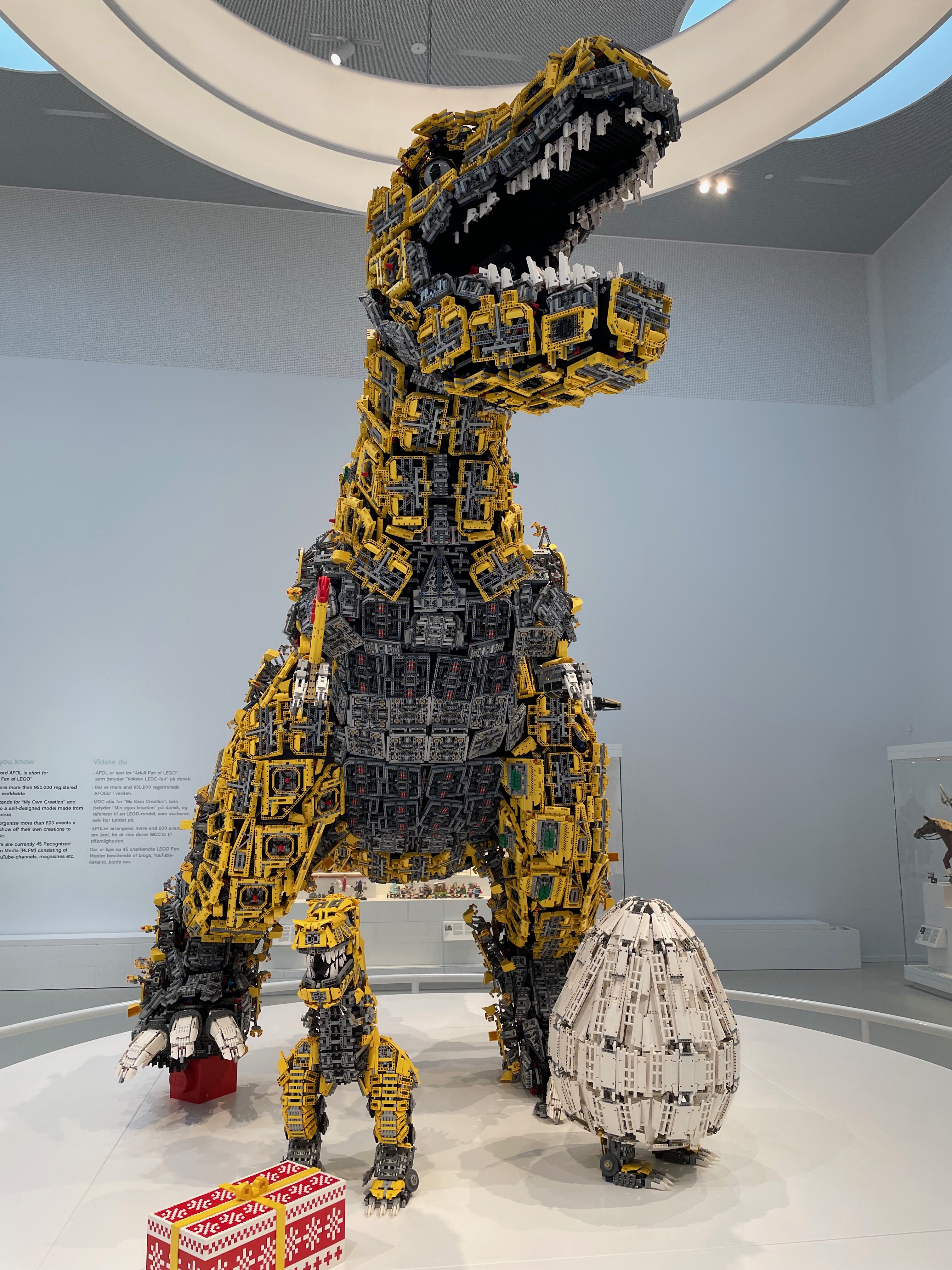
Toby Keel is Country Life's Digital Director, and has been running the website and social media channels since 2016. A former sports journalist, he writes about property, cars, lifestyle, travel, nature.
-
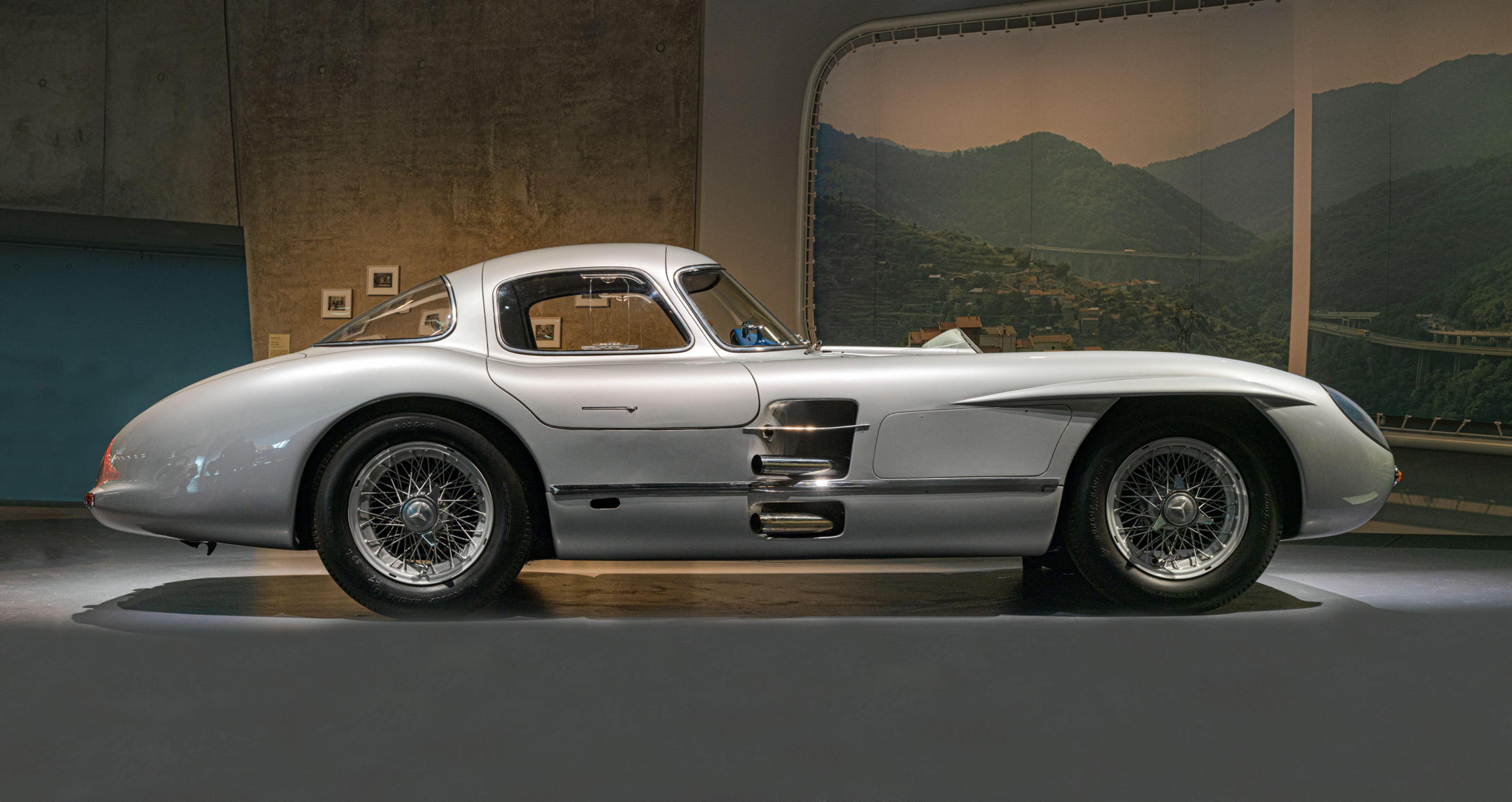 Jungle temples, pet snakes and the most expensive car in the world: Country Life Quiz of the Day, April 14, 2025
Jungle temples, pet snakes and the most expensive car in the world: Country Life Quiz of the Day, April 14, 2025Mondays's quiz tests your knowledge on English kings, astronomy and fashion.
By James Fisher Published
-
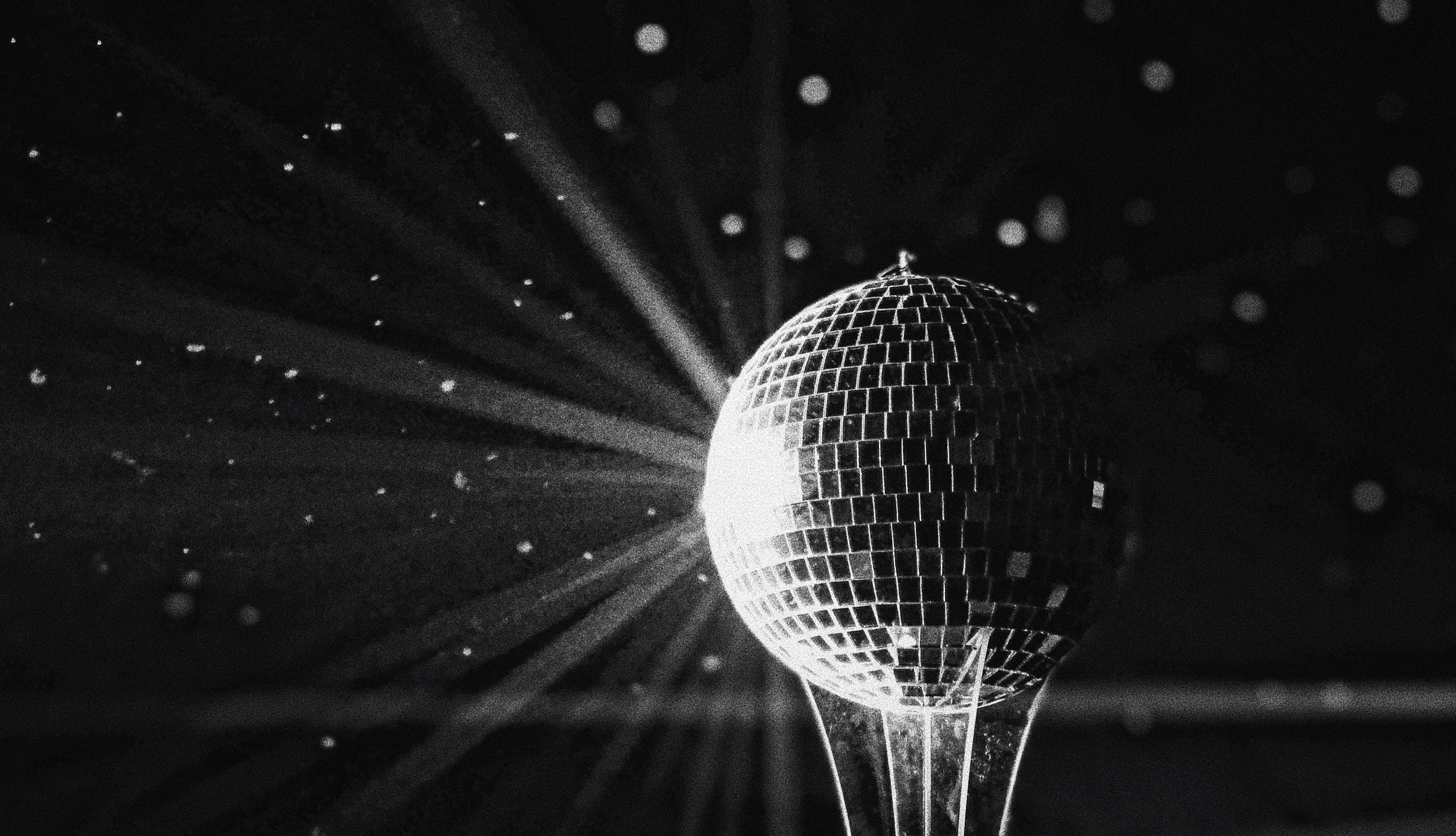 Welcome to the modern party barn, where disco balls are 'non-negotiable'
Welcome to the modern party barn, where disco balls are 'non-negotiable'A party barn is the ultimate good-time utopia, devoid of the toil of a home gym or the practicalities of a home office. Modern efforts are a world away from the draughty, hay-bales-and-a-hi-fi set-up of yesteryear.
By Annabel Dixon Published
-
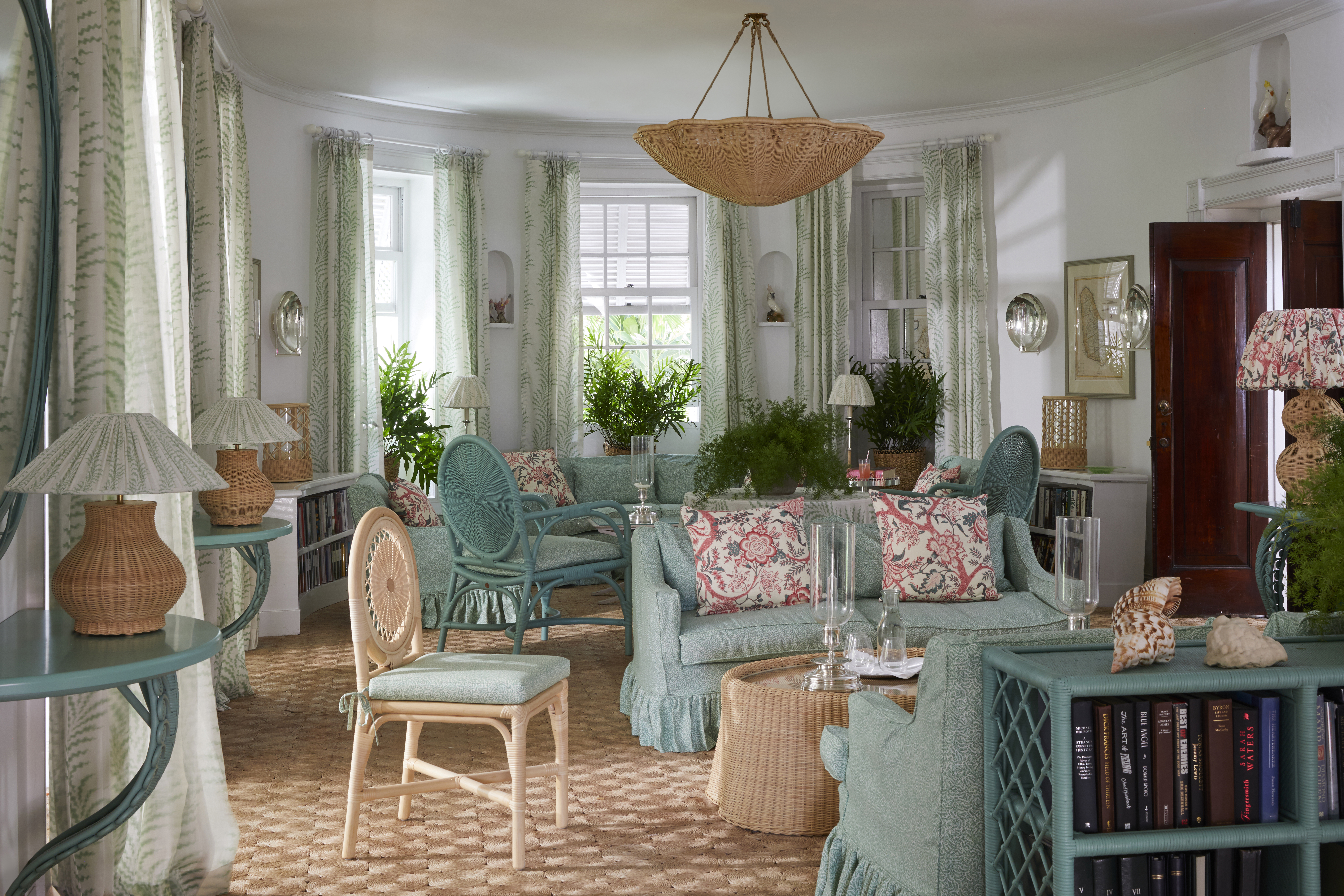 Why British designers dream up the most desirable hotels
Why British designers dream up the most desirable hotelsWhen it comes to hotel design, the Brits do it best, says Giles Kime.
By Giles Kime Published
-
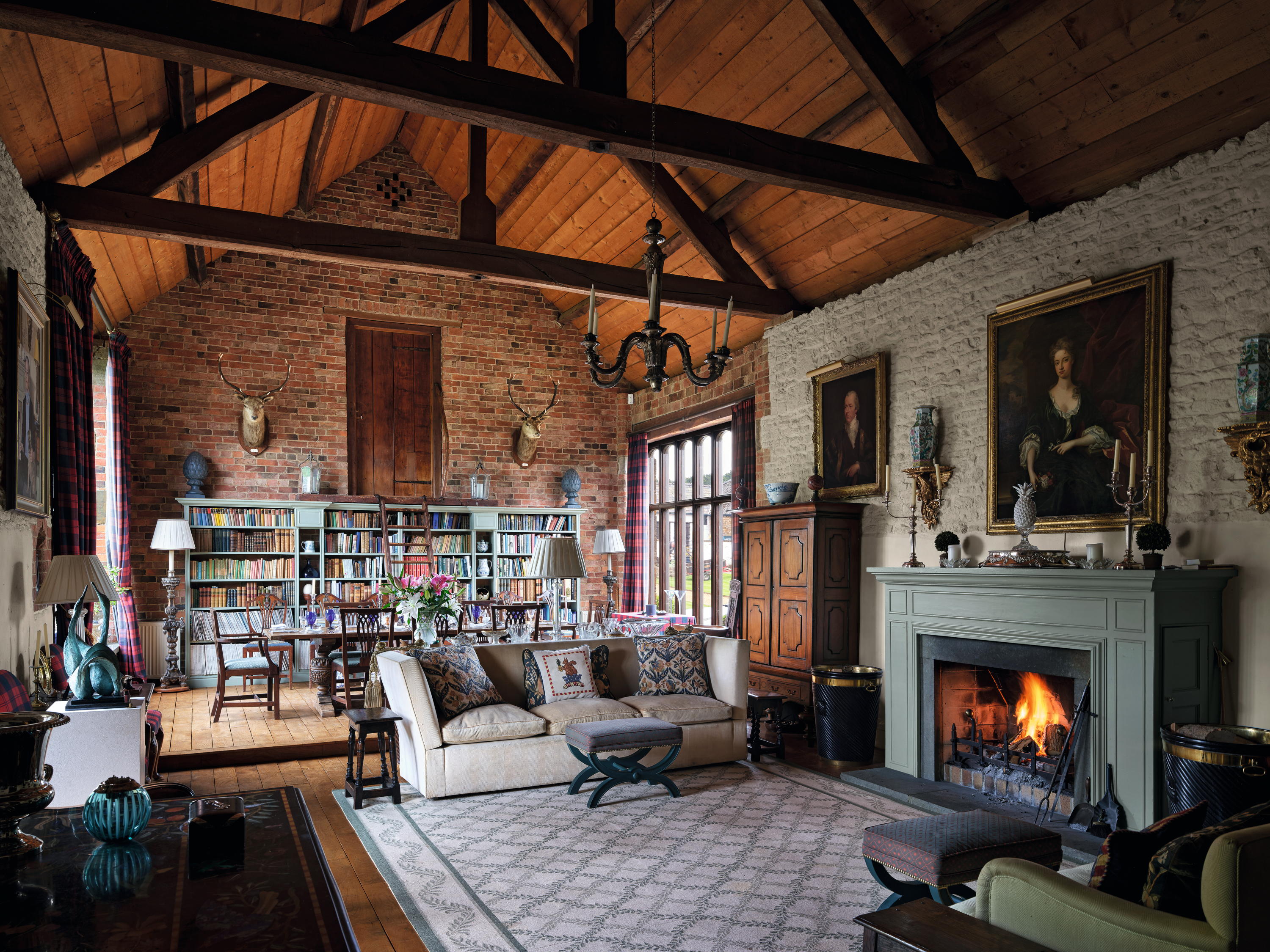 High Wardington House: A warm, characterful home that shows just what can be achieved with thought, invention and humour
High Wardington House: A warm, characterful home that shows just what can be achieved with thought, invention and humourAt High Wardington House in Oxfordshire — the home of Mr and Mrs Norman Hudson — a pre-eminent country house adviser has created a home from a 300-year-old farmhouse and farmyard. Jeremy Musson explains; photography by Will Pryce for Country Life.
By Jeremy Musson Published
-
 'This wild stretch of Chilean wasteland gives you what other National Parks cannot — a confounding sense of loneliness': One writer's odyssey to the end of the world
'This wild stretch of Chilean wasteland gives you what other National Parks cannot — a confounding sense of loneliness': One writer's odyssey to the end of the worldWhere else on Earth can you find more than 752,000 acres of splendid isolation? Words and pictures by Luke Abrahams.
By Luke Abrahams Published
-
 Sir Edwin Lutyens and the architecture of the biggest bank in the world
Sir Edwin Lutyens and the architecture of the biggest bank in the worldSir Edwin Lutyens became the de facto architect of one of Britain's biggest financial institutions, Midland Bank — then the biggest bank in the world, and now part of the HSBC. Clive Aslet looks at how it came about through his connection with Reginald McKenna.
By Clive Aslet Published
-
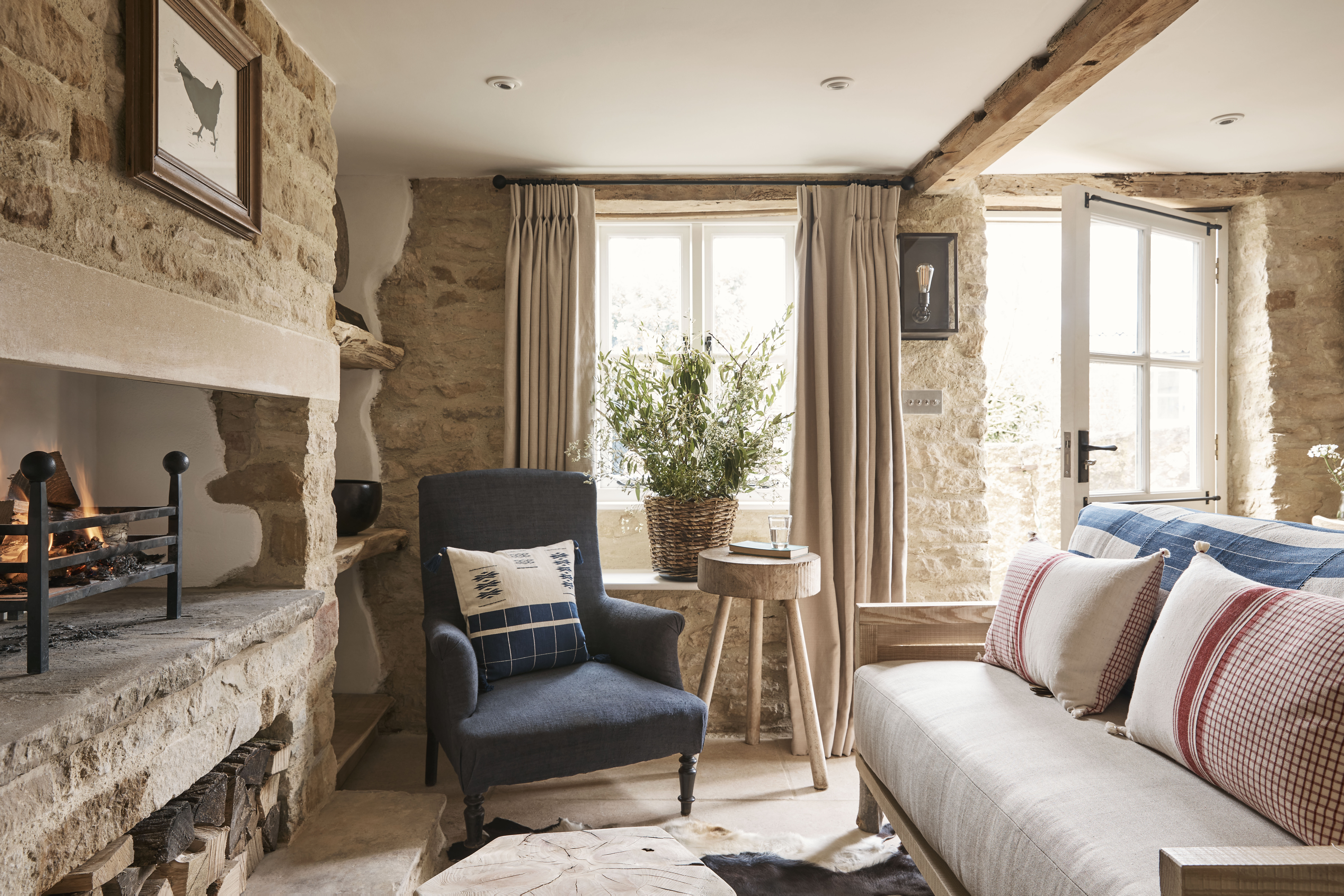 'The Wild Rabbit is a paean to Lady Carole Bamford's ethos of comfortable, yet incredibly spoiling accommodation'
'The Wild Rabbit is a paean to Lady Carole Bamford's ethos of comfortable, yet incredibly spoiling accommodation'At the heart of Kingham, one of Oxfordshire’s most historic and beguiling villages, The Wild Rabbit offers the chance to enjoy the authentic charm of the Cotswolds with all the trappings of a five-star hotel.
By Paula Lester Published
-
 ‘The best sleep in the sky’: What it’s like to fly in United’s Polaris cabin, approved by American icon Martha Stewart
‘The best sleep in the sky’: What it’s like to fly in United’s Polaris cabin, approved by American icon Martha StewartUnited’s Business Class cabin goes by the name Polaris and Martha Stewart is a fan. So, how does it fare?
By Rosie Paterson Published
-
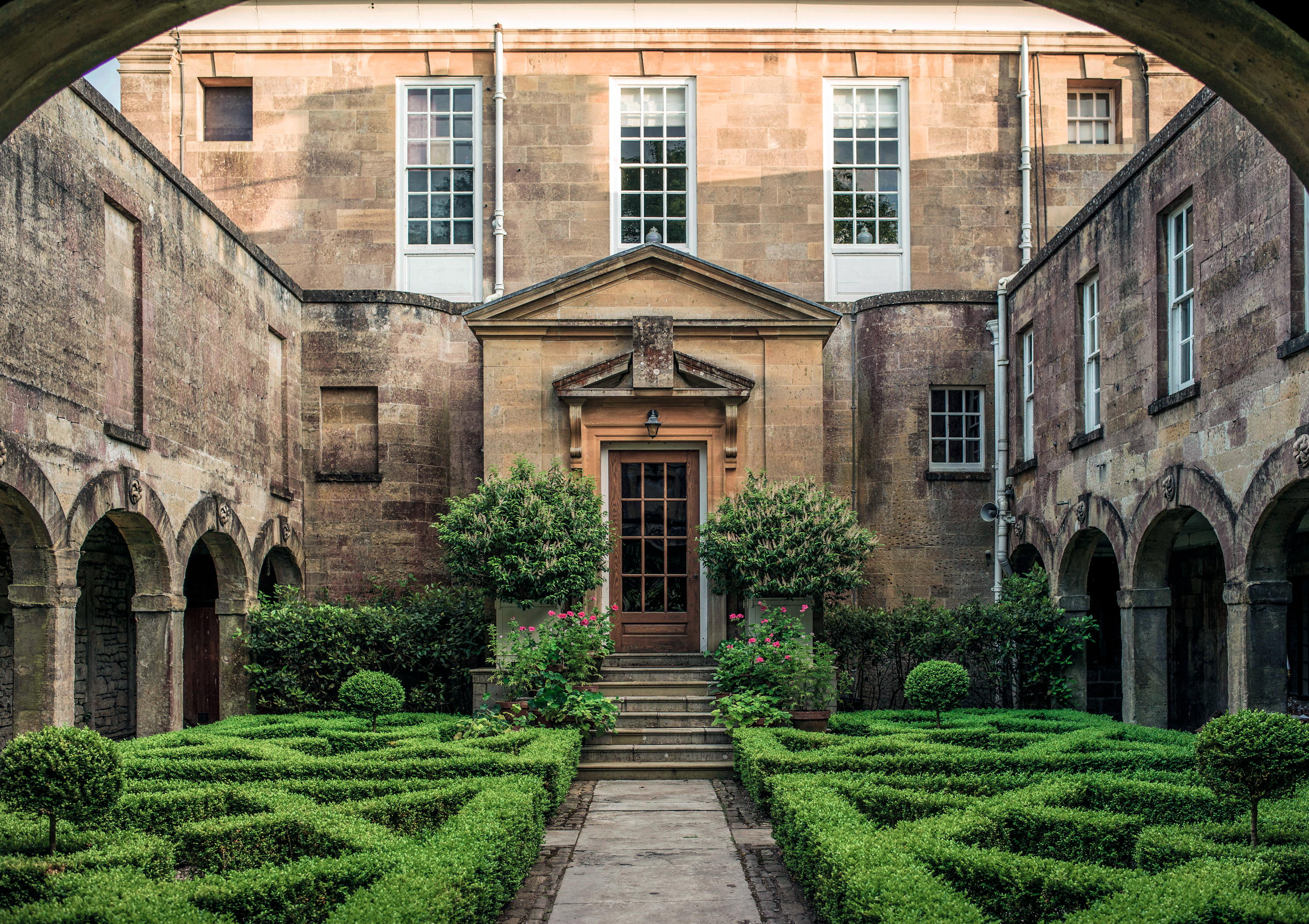 'There are architects and architects, but only one ARCHITECT': Sir Edwin Lutyens and the wartime Chancellor who helped launch his stellar career
'There are architects and architects, but only one ARCHITECT': Sir Edwin Lutyens and the wartime Chancellor who helped launch his stellar careerClive Aslet explores the relationship between Sir Edwin Lutyens and perhaps his most important private client, the politician and financier Reginald McKenna.
By Clive Aslet Published
-
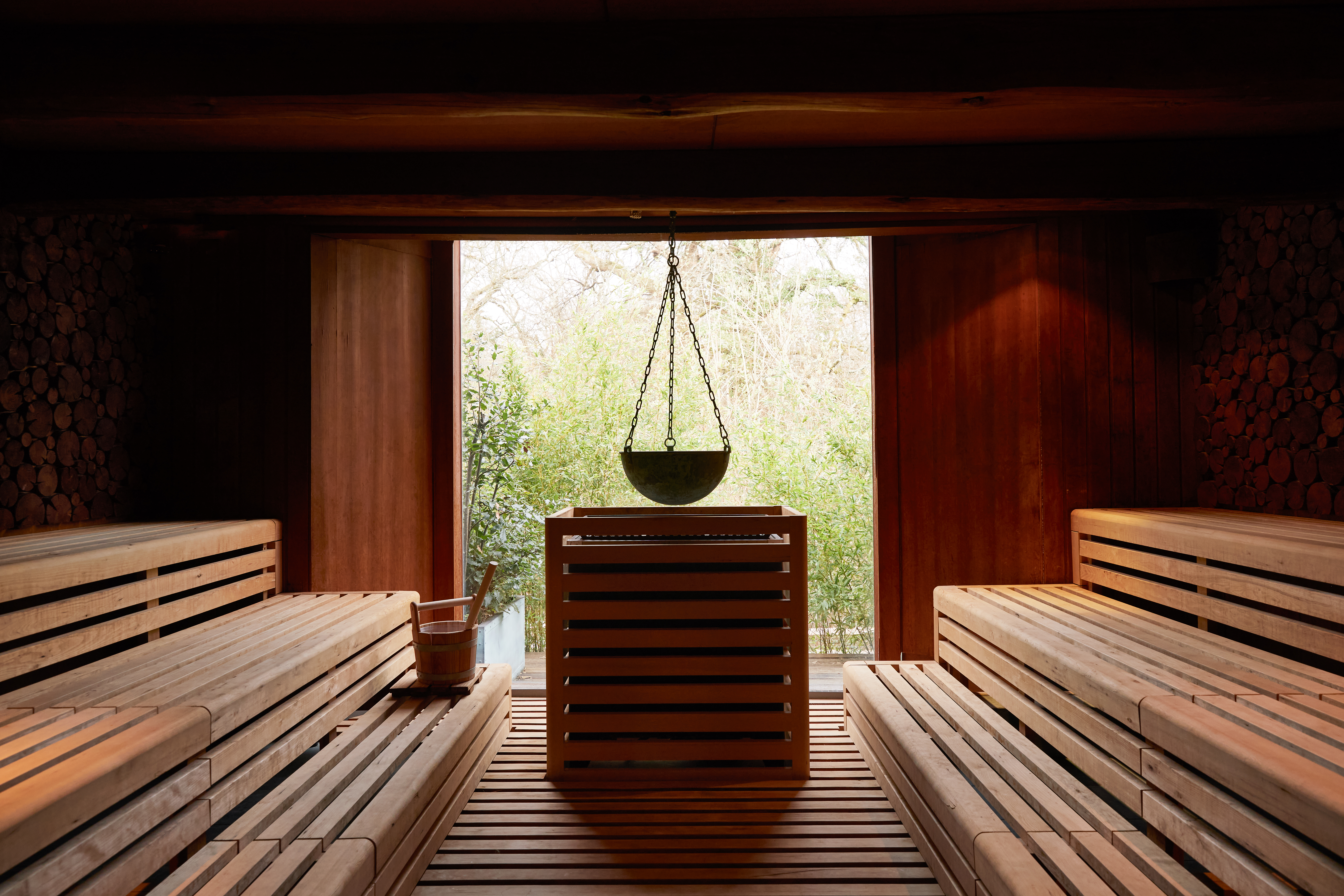 How to disconnect from reality and feel like a new person in under 72 hours
How to disconnect from reality and feel like a new person in under 72 hoursOur round-up of the best British retreats that work wellness wonders in under 72 hours.
By Jennifer George Published
